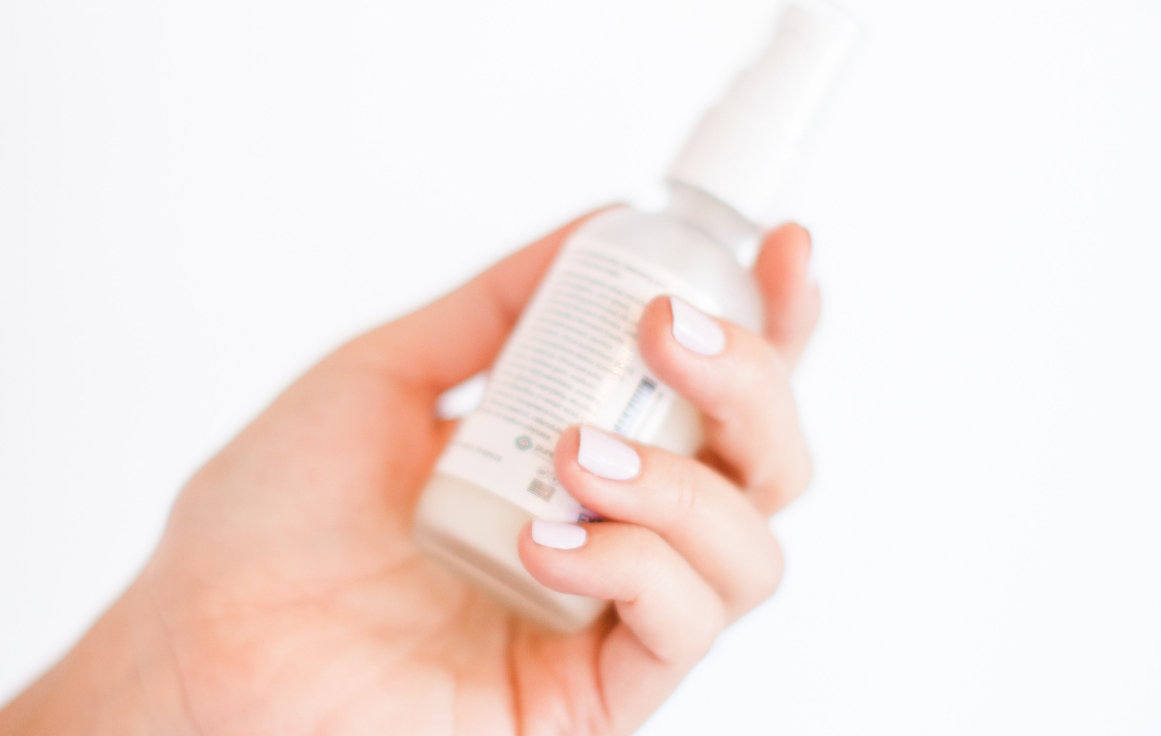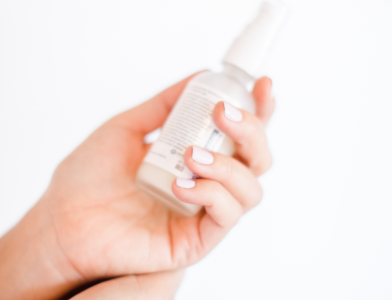Most air fresheners, candles, and plug-ins may smell lovely, but they are actually releasing a toxic cocktail of chemicals into your home.
As a PhD Toxicologist who used to work in the flavor and fragrance industry, I’m here to tell you: behind that “fresh” scent are endocrine disruptors, carcinogens, allergens, and respiratory irritants.
In this post, I’ll walk you through:
- The hidden dangers of undisclosed fragrances
- What to use instead
- A step-by-step plan to naturally freshen your home without polluting your air and your body
The Hidden Dangers of Undisclosed Synthetic Fragrances
When you see the word “fragrance” on a label, it can legally contain any combination of nearly 4,000 undisclosed chemicals. Many of these have been linked to hormone disruption, cancer, and allergies.
Common offenders include:
- Phthalates: used to make scents last longer, but linked to reproductive harm, fertility issues, and metabolic disruption [1,2]
- Benzene and Formaldehyde: known human carcinogens found in scented paraffin wax candles [3, 4]
- Volatile Organic Compounds (VOCs): irritate lungs, worsen asthma, and pollute indoor air
Fragrance chemicals attach to house dust and recirculate every time you clean, walk, or turn on a fan [5].
Safer Alternatives That Actually Work
You can have a great smelling home without compromising your health. These are some of my favorite low tox, kid-safe swaps:
- Houseplants: Jasmine and lavender add a subtle scent and help clean your air plus they’re beautiful to look at.
- Simmer Pots: Add lemon, herbs, and spices to water and let simmer on the stove, in a crockpot, or in a glass dish under a warming lamp.
- Baking: The smell of fresh cookies or pie makes any home feel cozy and inviting. Bonus: you get to eat it too!
- Cleaner burning candles: Choose beeswax or coconut wax with essential oils and a wood or cotton wick. Be sure to get plenty of ventilation between candle burning sessions.
A quick note on essential oils: Yes, they are natural, but they are also highly concentrated far beyond what is ordinarily found in plants, which increases the toxic risk.
Frequent and regular diffusion can release compounds that react with air and form formaldehyde [6]. Overall, essential oil based products negatively impact indoor air quality [7]. Use them with caution, especially around kids, pets, pregnant women, or anyone with respiratory problems.
How to Keep Your Home Smelling Fresh Without Masking Odors
Here’s your step-by-step plan:
- Eliminate the source
- Dust, sweep, and mop regularly
- Take out the trash and clean your fridge often
- Watch out for hidden or expired food, which can cause lingering smells
- Replace scented products with safer options
- Avoid paraffin candles and synthetic sprays, plug-ins, etc
- Instead, try plants, simmer pots, or baking
- Maintain freshness naturally
- Open your windows daily for fresh air
- Let sunlight in to break down odors and reduce bacteria
- Improve airflow to reduce moisture and prevent mold
These simple swaps will leave your home smelling amazing while improving the quality of your air.
If you’re looking to detox your home from toxins without costly products, gadgets, or gimmicks, then join the 👉🏼 Low Tox University.👈🏼
References
- Mesquita I, Lorigo M, Cairrao E. Update about the disrupting-effects of phthalates on the human reproductive system. Mol Reprod Dev. 2021 Oct;88(10):650-672. doi: 10.1002/mrd.23541. Epub 2021 Oct 6. PMID: 34617353.
- Trasande L, Liu B, Bao W. Phthalates and attributable mortality: A population-based longitudinal cohort study and cost analysis. Environ Pollut. 2022 Jan 1;292(Pt A):118021. doi: 10.1016/j.envpol.2021.118021. Epub 2021 Oct 12. PMID: 34654571; PMCID: PMC8616787.
- Petry T, Cazelle E, Lloyd P, Mascarenhas R, Stijntjes G. A standard method for measuring benzene and formaldehyde emissions from candles in emission test chambers for human health risk assessment purposes. Environ Sci Process Impacts. 2013 Jul;15(7):1369-82. doi: 10.1039/c3em00011g. PMID: 23695106.
- Al Khathlan N, Basuwaidan M, Al Yami S, Al-Saif F, Al-Fareed S, Ansari K. Extent of exposure to scented candles and prevalence of respiratory and non-respiratory symptoms amongst young university students. BMC Public Health. 2023 Jan 11;23(1):80. doi: 10.1186/s12889-023-15001-6. PMID: 36631840; PMCID: PMC9832800.
- Lucattini L, Poma G, Covaci A, de Boer J, Lamoree MH, Leonards PEG. A review of semi-volatile organic compounds (SVOCs) in the indoor environment: occurrence in consumer products, indoor air and dust. Chemosphere. 2018 Jun;201:466-482. doi: 10.1016/j.chemosphere.2018.02.161. Epub 2018 Feb 27. PMID: 29529574.
- Hsiao-Lin Huang, Te-Jou Tsai, Nai-Yun Hsu, Ching-Chang Lee, Pei-Chih Wu, Huey-Jen Su. Effects of essential oils on the formation of formaldehyde and secondary organic aerosols in an aromatherapy environment. Building and Environment. 2012 Volume 57, Pages 120-125.
- Angulo Milhem S, Verriele M, Nicolas M, Thevenet F. Does the ubiquitous use of essential oil-based products promote indoor air quality? A critical literature review. Environ Sci Pollut Res Int. 2020 May;27(13):14365-14411. doi: 10.1007/s11356-020-08150-3. Epub 2020 Mar 11. PMID: 32162221.



